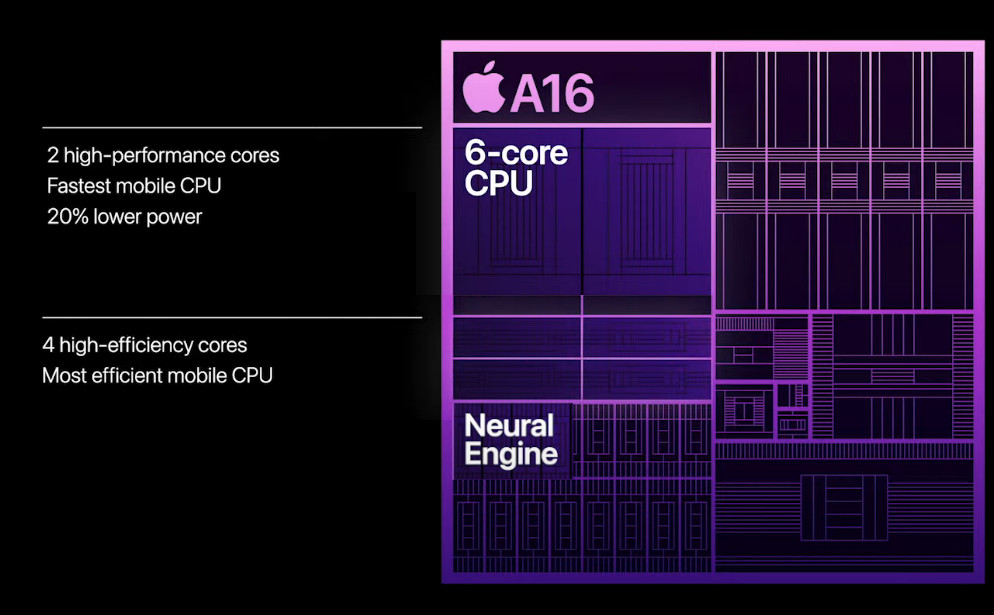The A16 Bionic GPU outperformed the A15 Bionic by around 28 percent in AnTuTu, although an earlier model could have been even more effective, according to The Information. According to MacRumors, Apple’s researchers planned to add ray tracing functionality to the graphics processor, which would have significantly improved images in mobile games that support the technique.
A16 Bionic Ray Tracing Capabilities Came at the Cost of Lower Battery Life
Unfortunately, the engineers encountered some significant challenges in their attempt to create the most powerful GPU in an iPhone ever. The iPhone needs a battery to operate, just like any other smartphone, and a powerful SoC to successfully control heat dissipation in addition to extending screen-on time. Ray tracing functionality would have been excellent, but it would have required a significant increase in power consumption, temperature, and battery life. Apple’s engineers had to start again and create a new prototype that would stand out from the A15 Bionic while also making some significant enhancements to the A16 Bionic. These issues finally compelled Apple to reorganize its whole graphics processor division, necessitating the removal of certain managers from the A16 Bionic’s development to focus on other projects. The firm’s workers may have failed to respond to this appropriately, which may have been the cause of their leave. Apple has lost numerous significant personnel who were crucial to the company’s leadership in the smartphone SoC market. This was made clear when the A15 Bionic from last year failed to outperform the A14 Bionic significantly, and it now seems that history has been repeating itself. This might indicate that when the A17 Bionic is released the following year, we won’t likely see any significant improvements in power economy and performance. However take this information with a grain of salt.
